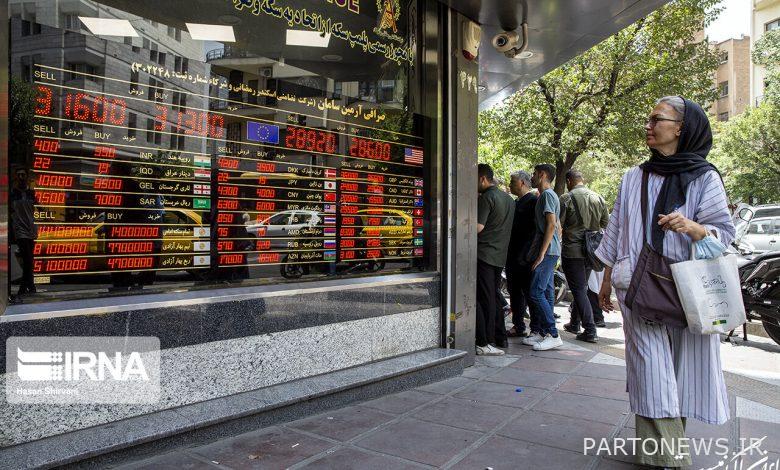Managing the foreign exchange market without auctioning the country’s foreign exchange reserves

According to Iran Economist, the foreign exchange market is one of the most important markets in the country’s economy, so that its changes quickly affect people’s lives. The experience of the last 10 years has shown that the growth of the currency price or in other words the depreciation of the national currency has a negative effect on the price of many goods and ultimately the purchasing power of the people. The flight of prices in different markets after the unprecedented drop in the value of the national currency, especially from 1997 to 1400, was a clear experience of this effect. Therefore, during the past years, currency price fluctuations are a kind of reflection of society’s inflationary expectations, and the growth of currency prices fuels the growth of inflationary expectations. These conditions have made the control of the currency market more important than any other market.
The inflammation of the currency market at the beginning of the 13th government, market control without currency manipulation
In recent weeks, the informal currency market experienced price fluctuations to the point where the price of each US dollar in this market exceeded 30 thousand tomans. The inflammation of the Tibetan currency market is not unique to recent weeks. Since the end of the previous government and the beginning of the new government, the currency market was subject to instability and daily price growth, so that on the third day of September (the date of the vote of confidence of the Islamic Council on the proposed ministers and the formation of the cabinet in the new government), the dollar rate In the informal market, it was about 271.3 thousand rials.
However, in order to control these instabilities, the central bank did not spray currency, unlike in the past, and returned peace to the market through other channels. According to the announcement of the Central Bank, in the months spent in the 13th government, the approach of the Central Bank has been to organize and deepen the official market of remittances and banknotes, to bring the exchange rates in these two markets to equilibrium levels (commensurate with the fundamental components of the economy). ) and in the meantime, while trying to strengthen the supply in this market and respond to all real foreign exchange needs, seriously reduce and minimize the areas of transactions in the informal market. Affected by the measures taken, the average dollar rate experienced a relatively stable trend in the second half of 1400 and gradually decreased from the monthly average of about 271,000 Rials in September to about 257,000 Rials in March of this year.
The recalcitrance of the informal market and the wise management of the central bank
With the beginning of the new year and especially from May onwards, the exchange rate in the informal market again took an upward path until the price of each US dollar in this market reached about 32 thousand tomans. The central bank, however, to control these conditions on the one hand, in the field of dealing with destructive and disruptive speculation, while continuing the actions of this bank in the framework of promoting the governance of the Rial in the country’s economy, in cooperation with law enforcement and judicial bodies, the future trading of coins and currency, which in recent years has been in the form of It was done illegally and without real exchange of currency and led to the formation of illogical and disproportionate exchange rates with the foundations of the economy, it was stopped.
Also, on the other hand, unlike the approaches taken in the previous governments, whereby the policy of the central bank in the face of exchange rate fluctuations was focused on currency exchange and reducing the country’s foreign exchange reserves, in the 13th government, with the initiative of the central bank, strengthening the supply in the market from the spot The currencies obtained from the export became operational and thus the possibility of selling the export currencies at an agreed rate to the exchange was made possible and at the same time the regulations related to the market demand in the field of banknotes were also facilitated.
Thus, with the implementation of this policy, without using the foreign exchange reserves of the central bank and relying on the market mechanism and the resources obtained from the return of exported currency to the country, in recent days, a suitable calm prevailed on the foreign exchange market, and the exchange rate in the informal market also decreased. has been In addition to being affected by the measures taken, in recent days the official remittance and banknote market has faced an oversupply of currency and all real currency needs are met at rates far lower than the unofficial market rates. As a result of these actions, the currency price in the informal market decreased to 29 thousand tomans.

